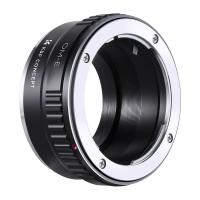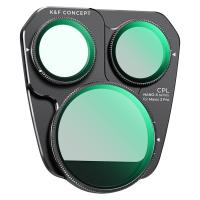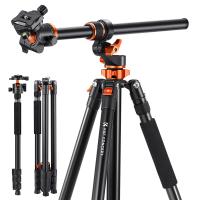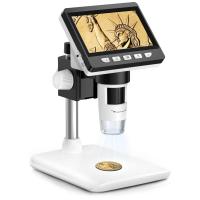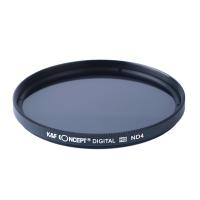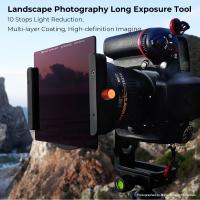What Is A Refractor Telescope?
A refractor telescope is a type of optical telescope that uses a lens to gather and focus light. It consists of a large objective lens at the front of the telescope that refracts, or bends, light to form an image at the focal point. This type of telescope is known for providing high-quality, sharp images and is often used for observing celestial objects such as the moon, planets, and stars. Refractor telescopes are popular among amateur astronomers and are also commonly used in educational settings due to their ease of use and low maintenance requirements.
1、 Definition of Refractor Telescope

A refractor telescope is a type of optical telescope that uses a lens to gather and focus light. The lens at the front of the telescope, known as the objective lens, refracts or bends the light to form an image at the eyepiece. This design has been used for centuries and is known for producing high-quality, sharp images with minimal chromatic aberration.
The refractor telescope has a long history and has been used by astronomers and amateur stargazers alike. Its simple and rugged design makes it easy to use and maintain, and it is particularly well-suited for observing planets, the moon, and double stars. However, one of the main drawbacks of refractor telescopes is their susceptibility to chromatic aberration, which can cause color fringing around bright objects.
In recent years, advancements in lens coatings and materials have helped to reduce chromatic aberration in refractor telescopes, making them even more popular among amateur astronomers. Additionally, the compact and portable nature of refractor telescopes makes them a popular choice for astrophotography, allowing enthusiasts to capture stunning images of celestial objects.
Overall, a refractor telescope is a classic and versatile instrument that continues to be a popular choice for both beginners and experienced astronomers.
2、 History of Refractor Telescopes
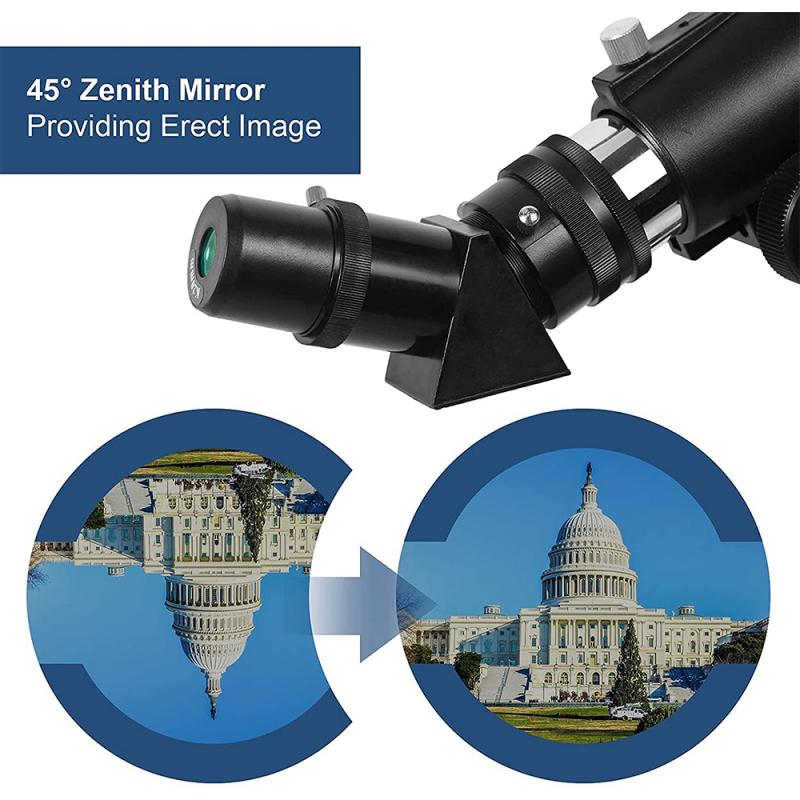
A refractor telescope is a type of optical telescope that uses a lens to gather and focus light, creating an image for observation. The lens at the front of the telescope bends or refracts light, hence the name "refractor." This type of telescope has a long history, dating back to the early 17th century when it was first developed by Dutch spectacle maker Hans Lippershey. Refractor telescopes were the first telescopes to be used in astronomy and were instrumental in early astronomical discoveries, such as Galileo's observations of the moon and Jupiter's moons.
The history of refractor telescopes is rich with advancements in lens technology, leading to improved image quality and magnification. Over time, refractor telescopes have been used to make significant astronomical discoveries, including the observation of distant galaxies, nebulae, and star clusters.
In recent years, advancements in materials and manufacturing techniques have led to the development of high-quality refractor telescopes that are more compact, lightweight, and affordable. These modern refractor telescopes are popular among amateur astronomers and are often used for astrophotography due to their ability to produce sharp, high-contrast images.
Overall, the history of refractor telescopes is a testament to the enduring appeal and utility of this classic telescope design, and its continued relevance in modern astronomy.
3、 Components of Refractor Telescopes
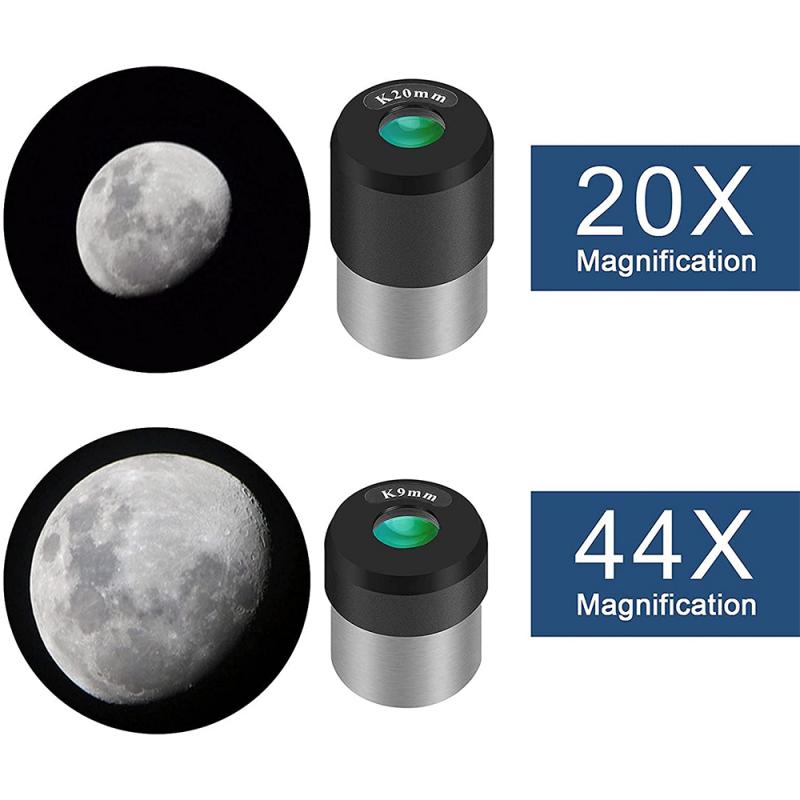
A refractor telescope is a type of optical telescope that uses a lens to gather and focus light. It is one of the oldest types of telescopes and is known for its simple and reliable design. The main components of a refractor telescope include the objective lens, the eyepiece, the tube, and the mount.
The objective lens is the most important component of a refractor telescope, as it is responsible for gathering and focusing light from distant objects. The quality and size of the objective lens determine the telescope's light-gathering ability and its ability to resolve fine details.
The eyepiece is used to magnify the image formed by the objective lens, allowing the observer to see distant objects more clearly. The quality of the eyepiece can significantly impact the overall viewing experience.
The tube of the refractor telescope houses the objective lens and the eyepiece, protecting them from dust, moisture, and other environmental factors. It also helps to reduce stray light and improve the contrast of the observed images.
The mount is the support structure that holds the telescope and allows it to be pointed at different objects in the sky. There are various types of mounts, including alt-azimuth and equatorial mounts, each with its own advantages and disadvantages.
From the latest point of view, advancements in materials and manufacturing techniques have led to the development of high-quality objective lenses and eyepieces, improving the overall performance of refractor telescopes. Additionally, modern computerized mounts and motorized tracking systems have made it easier to locate and track celestial objects, enhancing the user experience.
4、 Advantages of Refractor Telescopes
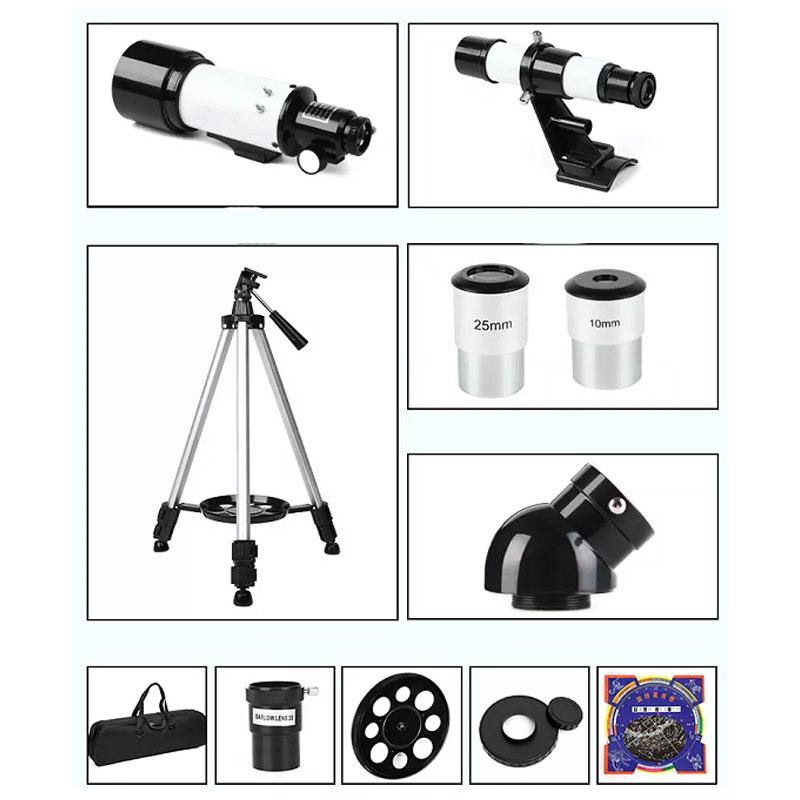
A refractor telescope is a type of optical telescope that uses a lens to gather and focus light. The lens at the front of the telescope refracts, or bends, the light, which then passes through the telescope to form an image at the eyepiece or camera. This type of telescope is known for its simple and rugged design, making it easy to use and maintain.
Advantages of refractor telescopes include their excellent image quality, especially for observing bright objects such as the Moon and planets. The absence of a central obstruction in the optical path also means that refractor telescopes produce high-contrast images with minimal light scattering. Additionally, refractor telescopes are relatively low-maintenance, as they do not require frequent collimation like some other telescope designs.
From a modern perspective, refractor telescopes have also benefited from advancements in lens coatings and materials, leading to improved light transmission and reduced chromatic aberration. This has enhanced their performance for observing deep-sky objects such as galaxies and nebulae. Furthermore, the compact and portable nature of refractor telescopes makes them popular for astrophotography, as they can be easily mounted on tracking mounts for long-exposure imaging.
In summary, refractor telescopes offer excellent image quality, low maintenance, and versatility for both visual observing and astrophotography. With ongoing technological advancements, these telescopes continue to be a popular choice for amateur astronomers and professionals alike.













